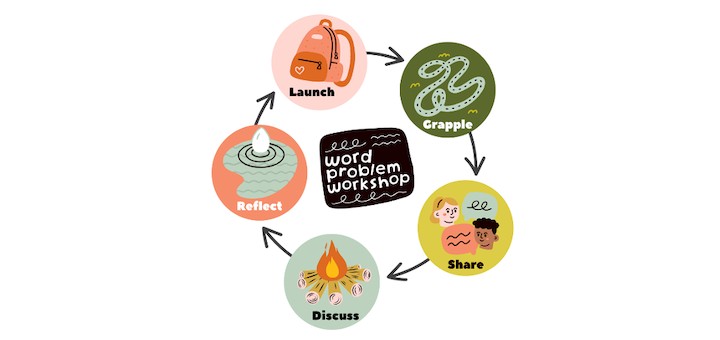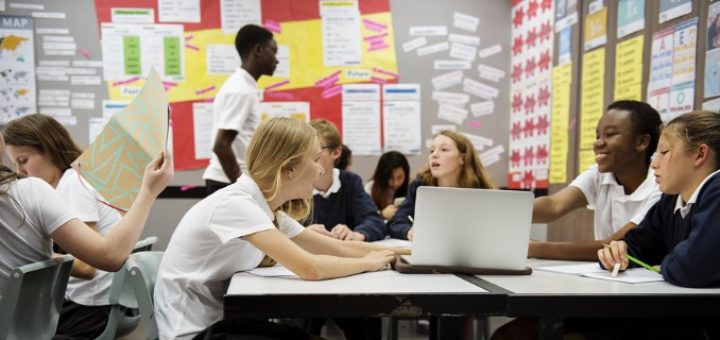Teaching and learning in grades 4-8
In “Scaffolding for Success” Blackburn and Miles explore the intricacies of educational scaffolding, offering educators a comprehensive framework to design supportive learning environments that enhance student engagement, learning and achievement, writes Melinda Stewart.
Teacher Michelle Russell likes to have some short activities on hand, in case she needs to fill extra time during math class. Here she shares several fun fillers that are easy to access, don’t require prep, and increase students’ math fluency, logic skills, or number sense.
We are living in an uncertain time with significant stress on institutions, including schools. Leaders play a critical role in helping their school community weather change and continue their commitment to serving each student. Williamson and Blackburn offer actionable advice.
Project-based learning’s mischievous sibling, problem-based learning, is once again gaining traction in the educational sphere. Kim Rensch, a district gifted services leader, likes that Todd Stanley’s book goes deep into assessment after a thorough look at inquiry learning.
Just like Top Gun Maverick had to trust his jet’s tech while employing his instincts and training, teachers are learning how to fly with AI as a co-pilot. The responsibility lies with us to adjust AI’s suggestions. Curtis Chandler offers dozens of teacher-tested prompts to get started.
When we teach mathematics the way we were taught in school, are our students really doing math? Coach Mona Iehl shares the strategies she uses to engage kids in learning, going beyond superficial procedures and worksheets to explore, discuss, and even have fun in math class.
What can you and your students accomplish the last few weeks of school? In this MiddleWeb resource educators share activities that align learning with fun, offer ideas for responding to stress, and suggest strategies to help sustain your classroom community.
Mechanically Inclined is more than a book on teaching grammar, usage, and style; it is a well-written, funny, and a smart glimpse into the classroom and inner landscape of a master teacher. The best of Writing Workshop coupled with intentional instruction, writes Jeny Randall.
Well-designed small-group collaborations can result in kids learning more quickly and more deeply than individual students can accomplish in the same amount of time. Learning scientist Karin Hess shares the “GPS and I” strategy she’s developed to ensure groups work for everyone.
When you need a bit of inspiration in your teaching life, Stephanie Farley encourages you to watch some or all of School of Rock. Perhaps, like her, you’ll find yourself wondering how you can create a project similar to “rock band” in your own classroom for a little while!













































